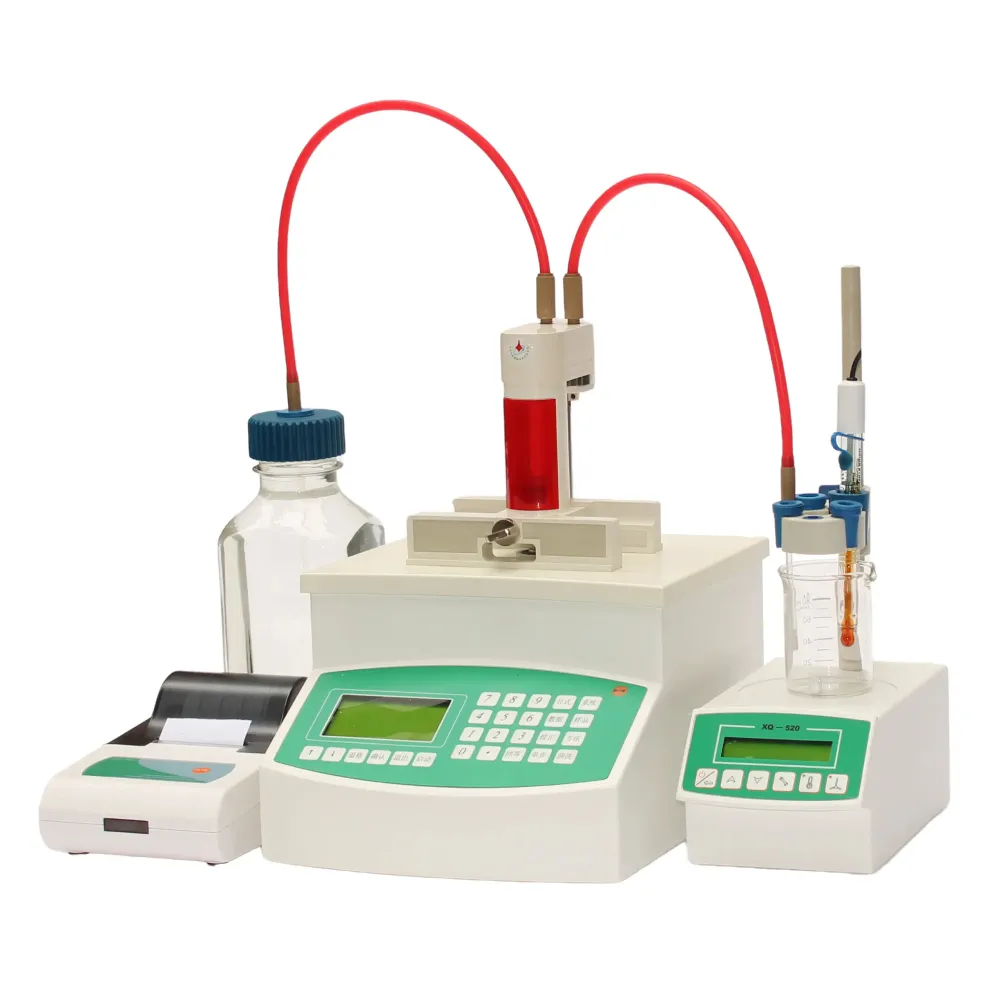 English
English



-
 Afrikaans
Afrikaans -
 Albanian
Albanian -
 Amharic
Amharic -
 Arabic
Arabic -
 Armenian
Armenian -
 Azerbaijani
Azerbaijani -
 Basque
Basque -
 Belarusian
Belarusian -
 Bengali
Bengali -
 Bosnian
Bosnian -
 Bulgarian
Bulgarian -
 Catalan
Catalan -
 Cebuano
Cebuano -
 China
China -
 China (Taiwan)
China (Taiwan) -
 Corsican
Corsican -
 Croatian
Croatian -
 Czech
Czech -
 Danish
Danish -
 Dutch
Dutch -
 English
English -
 Esperanto
Esperanto -
 Estonian
Estonian -
 Finnish
Finnish -
 French
French -
 Frisian
Frisian -
 Galician
Galician -
 Georgian
Georgian -
 German
German -
 Greek
Greek -
 Gujarati
Gujarati -
 Haitian Creole
Haitian Creole -
 hausa
hausa -
 hawaiian
hawaiian -
 Hebrew
Hebrew -
 Hindi
Hindi -
 Miao
Miao -
 Hungarian
Hungarian -
 Icelandic
Icelandic -
 igbo
igbo -
 Indonesian
Indonesian -
 irish
irish -
 Italian
Italian -
 Japanese
Japanese -
 Javanese
Javanese -
 Kannada
Kannada -
 kazakh
kazakh -
 Khmer
Khmer -
 Rwandese
Rwandese -
 Korean
Korean -
 Kurdish
Kurdish -
 Kyrgyz
Kyrgyz -
 Lao
Lao -
 Latin
Latin -
 Latvian
Latvian -
 Lithuanian
Lithuanian -
 Luxembourgish
Luxembourgish -
 Macedonian
Macedonian -
 Malgashi
Malgashi -
 Malay
Malay -
 Malayalam
Malayalam -
 Maltese
Maltese -
 Maori
Maori -
 Marathi
Marathi -
 Mongolian
Mongolian -
 Myanmar
Myanmar -
 Nepali
Nepali -
 Norwegian
Norwegian -
 Norwegian
Norwegian -
 Occitan
Occitan -
 Pashto
Pashto -
 Persian
Persian -
 Polish
Polish -
 Portuguese
Portuguese -
 Punjabi
Punjabi -
 Romanian
Romanian -
 Russian
Russian -
 Samoan
Samoan -
 Scottish Gaelic
Scottish Gaelic -
 Serbian
Serbian -
 Sesotho
Sesotho -
 Shona
Shona -
 Sindhi
Sindhi -
 Sinhala
Sinhala -
 Slovak
Slovak -
 Slovenian
Slovenian -
 Somali
Somali -
 Spanish
Spanish -
 Sundanese
Sundanese -
 Swahili
Swahili -
 Swedish
Swedish -
 Tagalog
Tagalog -
 Tajik
Tajik -
 Tamil
Tamil -
 Tatar
Tatar -
 Telugu
Telugu -
 Thai
Thai -
 Turkish
Turkish -
 Turkmen
Turkmen -
 Ukrainian
Ukrainian -
 Urdu
Urdu -
 Uighur
Uighur -
 Uzbek
Uzbek -
 Vietnamese
Vietnamese -
 Welsh
Welsh -
 Bantu
Bantu -
 Yiddish
Yiddish -
 Yoruba
Yoruba -
 Zulu
Zulu
Innovative Detection Methods in Gas Chromatography for Enhanced Analytical Precision
Advancements in Detectors for Gas Chromatography
Gas chromatography (GC) is a vital analytical technique used in various fields, including chemistry, environmental monitoring, food safety, and pharmaceuticals. The technique relies heavily on the efficacy of its detectors, which play a critical role in the identification and quantification of compounds. Over the years, significant advancements have been made in the development of detectors that enhance the sensitivity, specificity, and usability of gas chromatography.
Types of Detectors in Gas Chromatography
The choice of detector in gas chromatography can significantly affect the overall performance and results of the analysis. Several types of detectors are commonly utilized, each with its distinct advantages and limitations.
1. Thermal Conductivity Detector (TCD) One of the earliest and most widely used detectors in GC, the TCD measures changes in the thermal conductivity of the gas stream. It is suitable for a broad range of compounds but is less sensitive compared to other detectors. However, its ability to detect non-destructive interactions makes it invaluable for certain applications.
2. Flame Ionization Detector (FID) Renowned for its high sensitivity, the FID measures ions produced during the combustion of organic compounds in a hydrogen flame. It is particularly effective for hydrocarbons, making it a staple in petroleum analysis. However, its lack of response towards inorganic compounds can be a limitation in multi-component analyses.
3. Electron Capture Detector (ECD) The ECD is especially useful for detecting electronegative compounds, such as halogens and nitro compounds. By measuring the reduction in current caused by the capture of electrons by these compounds, it offers unparalleled sensitivity for trace analysis. This makes it an essential tool in environmental analysis, particularly in pesticide and pollutant detection.
detector for gas chromatography

4. Mass Spectrometer (MS) The incorporation of mass spectrometry with gas chromatography (GC-MS) has revolutionized the field. This combination allows for the identification of compounds with high specificity and sensitivity. MS offers detailed structural information, enabling the analysis of complex mixtures and providing insights into the molecular weight and fragmentation patterns of analytes.
Emerging Technologies and Future Trends
Recent innovations in detector technology are improving the capabilities of gas chromatography dramatically. Novel detectors, such as the photoionization detector (PID), are gaining popularity for their ability to provide real-time analysis of volatile organic compounds (VOCs) without the need for sample concentration or pre-treatment.
Another trend is the miniaturization of detectors, leading to the development of portable gas chromatographs. These devices allow for on-site analysis, making them particularly useful for environmental monitoring, industrial applications, and emergency response scenarios.
Additionally, advancements in digital technologies, including artificial intelligence and machine learning, are enhancing data analysis in gas chromatography. These technologies can assist in interpreting complex datasets, improving quantification accuracy, and identifying compounds that may otherwise go undetected.
Conclusion
As we continue to innovate and develop new detector technologies, the landscape of gas chromatography is evolving rapidly. The choice of detector can significantly influence the results of analyses, making it crucial for scientists to stay informed about the latest advancements. With ongoing research and development, future detectors promise to offer increased sensitivity, specificity, and convenience, further solidifying gas chromatography's position as an indispensable analytical tool across various scientific disciplines. The integration of these technologies will undoubtedly pave the way for new discoveries and applications, enhancing our understanding of complex chemical systems and improving safety standards in various sectors.
-
Testing Equipment Industry Sees Major Advancements in 2025: Smart & Precision Technologies Lead the WayNewsJun.06,2025
-
Applications of Direct Current Generators in Renewable Energy SystemsNewsJun.05,2025
-
Hipot Tester Calibration and Accuracy GuidelinesNewsJun.05,2025
-
Digital Circuit Breaker Analyzer Features and BenefitsNewsJun.05,2025
-
Benefits of Real-Time Power Quality Monitoring Devices for Industrial EfficiencyNewsJun.05,2025
-
Earth Fault Loop Testing in High-Rise Building Electrical SystemsNewsJun.05,2025



